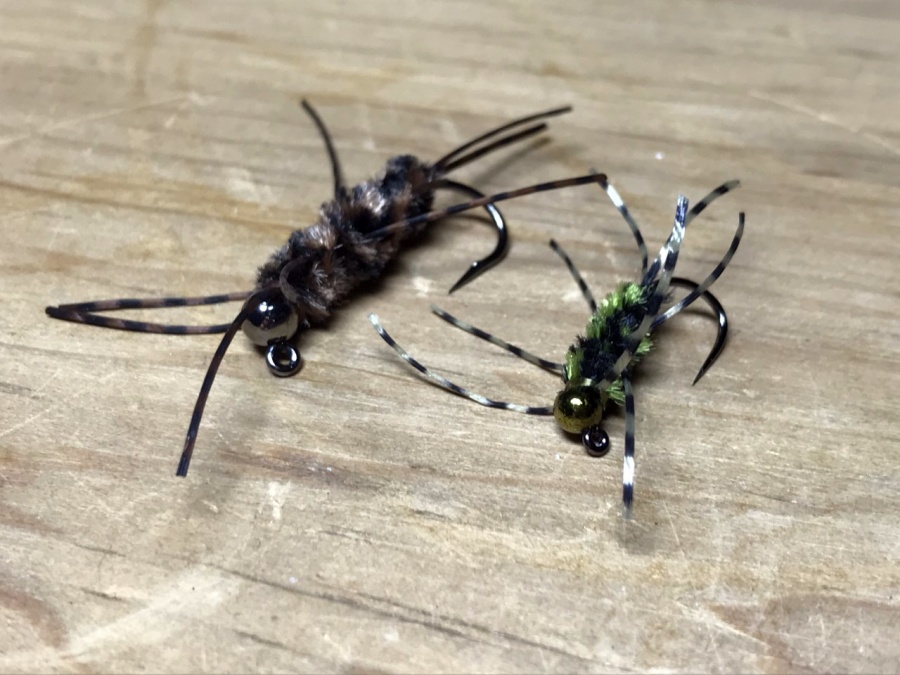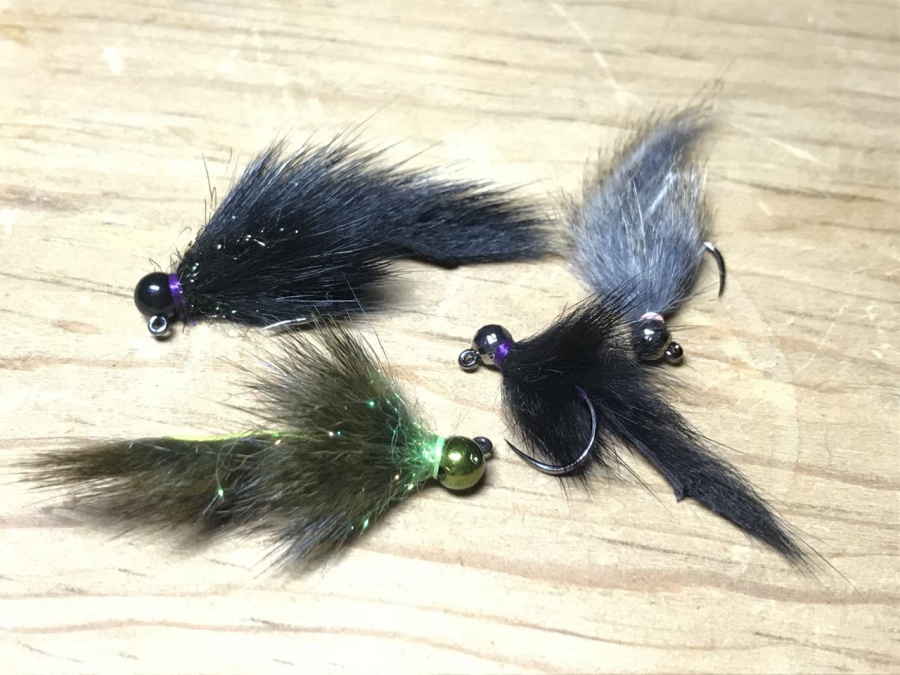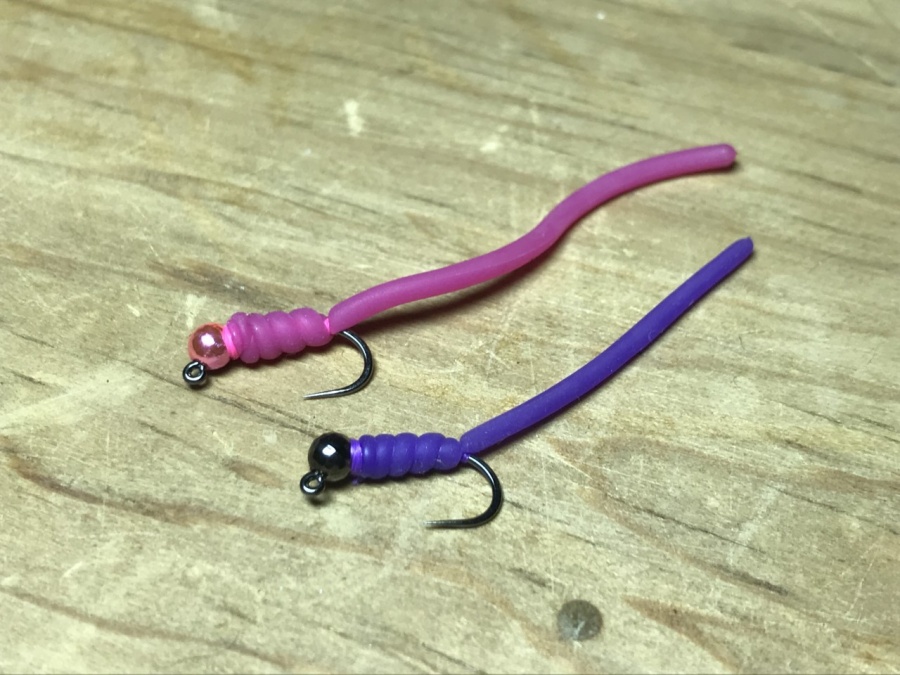3 Dirty Water Flies You Should Always Keep On Hand

Every angler should have his or her go-to flies for each situation that may arise on the river, those flies that provide confidence in catching fish when the catching gets tough.
You may find yourself in the familiar situation of water surging downstream, stirring up the river like a glass of chocolate, making the water appear dense and muddy. This can happen at any time during the year. Whether it's due to the spring's raging rivers, the winter's melting snow, or the summer's torrential storms.
Over the years, I have come to trust a few fly patterns more than the rest to be my go-to dirty water bugs. These are not any special flies that you haven't heard of, but rather some that I have modified to be exactly what I need to catch fish when the water is high and off-color. Here are my top 3 dirty water flies that I recommend you keep plenty of at all times.
1. Tungsten Beaded Pats Rubber Legs Jig

Pat's Rubber Legs, The Turd, Girdle Bug, whatever name you have for it, you shouldn't be on the river without it. This has been one of my favorite "attractor" flies for many years because it just plain works. While the original version works fine, I prefer to fish this fly in two sizes, with as much weight built-in as I can fit.
When I really need to get the fly deep, or I want to be able to jig it off the bottom, I use a size 6 long shank jig hook with as much wire as I can fit behind a 4.5mm tungsten bead. This is my go-to for spring in high, off-colored water when extra weight is necessary.
The smaller version is tied on a size 12 standard shank jig hook with smaller wire and a 3.5mm tungsten bead. I tend to fish year-round with this tie. It can be a better option than the larger version when a storm blows out the river but really doesn't raise the water much.
I prefer to fish these in darker colors like brown/black, olive/black in off-colored water as I believe it creates a good contrast in the brownish water, making it a prime target for fish.
2. Tungsten Beaded Squirrel Leech Jig

A simple pine squirrel leach will serve an angler well in almost any situation, Stillwater or stream, drifted or stripped. Like the Rubber legs, I prefer this fly on a jig hook and in two sizes.
The larger one is tied on a size 8 standard shank jig hook with a 4.5mm tungsten bead and 8-10 wraps of wire. From there, it stays as simple as it starts. Tie the micro squirrel strip in as a tail, palmer it forward, tie it off with a small ice dub collar, and finish. My preferred squirrel colors are black and olive with ice dub to match.
The smaller leach is on the same jig hook but in a size 10 set up with a 3.5mm tungsten bead and 6-8 wraps of wire. I swap the olive out for a natural colored pine squirrel with this size as I find it works better in clearer water than the olive one does.
Having both sizes allows me to prepare for deeper, faster water as well as the slower stuff where less weight is necessary. There is a good chance that I will be fishing one of these at some point throughout every day of fishing.
3. Tungsten Beaded Squirmy Jig

Possibly one of the most hated or most loved flies out there. It seems most people are on one side or the other, and there is rarely a middle ground. It catches fish, and after all, that is the main reason for being out there, right?
Once again, I like this pattern tied on a jig hook, but only one size this time. A size 12 jig hook with a 3.5mm tungsten bead and 5 wire wraps will pretty much handle every squirmy situation that I find myself in. I use a bright pink noodle in real stained water as it stands out well, but I feel like fish may shy away from it in clearer water. That is when I use a purple squirmy.
There you have it, my favorite 3 patterns for dirty water. I am sure to tie enough of these every winter to get me through the spring and well into summer because just as being without a drake during a drake hatch, being without the proper fly for dirty water can really put a damper on a day.
